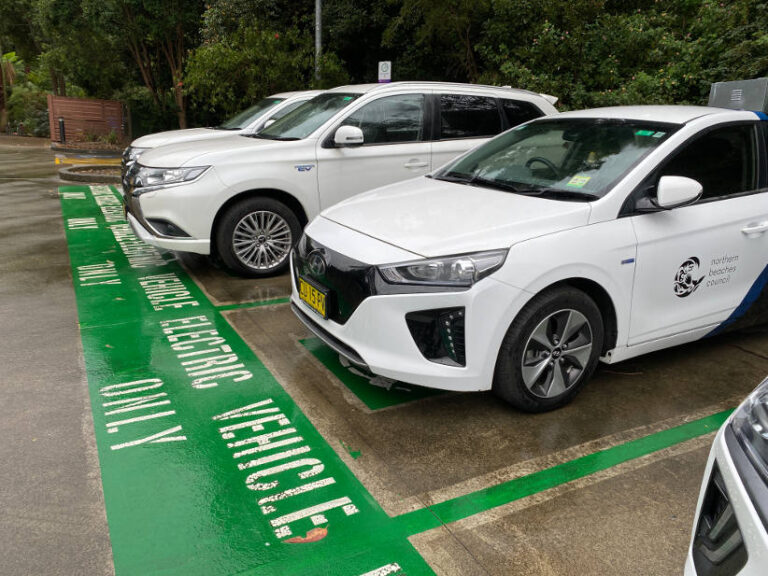The Fleet Management Maturity Scale, developed by the Institute of Public Works Engineering Australasia (IPWEA) and detailed in the Plant and Vehicle Management Manual (PVMM), is a practical tool designed to help local governments in Australia manage the complexities of transitioning to electric vehicles (EVs). The scale provides a structured framework to assess and improve fleet management practices, ensuring smoother EV integration and more sustainable fleet operations.
What is the Fleet Management maturity scale?
The Fleet Management Maturity Scale, as described in the PVMM, assesses the effectiveness of fleet management across several core areas: Processes and Documentation, Data Quality and Record Keeping, Experience and Knowledge, and Monitoring and Improvement. It identifies the current level of maturity and guides councils toward advanced fleet management practices.
The scale has three distinct maturity levels: Basic, Core, and Advanced, each representing a different degree of sophistication in managing fleet operations, from planning and asset selection to staff engagement and charging infrastructure.
Applying the maturity levels to EV transitions
1. Basic
The Basic level represents the foundational stage of fleet management. Local governments at this level typically have limited processes and documentation, basic asset registers, and rudimentary reporting. Fleet policies may only include general goals, such as reducing emissions, but lack specific targets or comprehensive strategies.
In terms of EV transition, the basic stage often includes initial steps like purchasing a small number of EVs for the pool car fleet. Charging infrastructure tends to be minimal, with one-to-one charger-to-vehicle ratios using basic alternating current (AC) chargers. Staff engagement is also limited, often involving only basic communication through emails or newsletters about the introduction of EVs.
2. Core
At the Core level, local governments have implemented more structured fleet management processes and strategies. This includes having a net-zero emissions target integrated into council plans, along with a more comprehensive fleet asset management plan. Data quality improves at this level, with regular utilisation reports and operational assessments guiding fleet decisions.
The core stage of EV transition sees councils expanding their EV pool fleets, incorporating driver induction programs, and holding staff drive days to build familiarity with EV technology. Charging infrastructure becomes more strategic, featuring load management software, AC and DC charging options, and renewable energy integration.
3. Advanced
The Advanced level represents the most mature approach to fleet management. Councils at this stage have well-documented processes, detailed asset management plans, and system-generated key performance indicators (KPIs) that include emissions tracking. Data quality and record-keeping are optimised, supporting continuous improvement.
In EV transition, advanced councils aim to electrify all vehicle categories, including light and heavy fleets, minor and heavy plant, and other equipment. Charging infrastructure is fully integrated with fleet management systems, and home charging options with automated billing are considered. Staff engagement becomes more comprehensive, with personalised driver personas and integration of EVs into recruitment and HR policies.
How to use the Fleet Management maturity scale
The Fleet Management Maturity Scale, as outlined in the PVMM, serves as a diagnostic tool, helping local governments identify strengths and areas for improvement in fleet management. By understanding their current level of maturity, councils can develop tailored strategies to progress to the next level. This approach ensures that each step in the EV transition is well-planned, resourced, and aligned with broader sustainability goals.
The Fleet Management Maturity Scale is a valuable resource from IPWEA for local governments aiming to enhance fleet operations and drive successful EV transitions. By following this structured framework, councils can make informed decisions, improve efficiency, and support long-term sustainability. As local governments move from basic to advanced stages of maturity, they are better positioned to meet challenges ahead.






